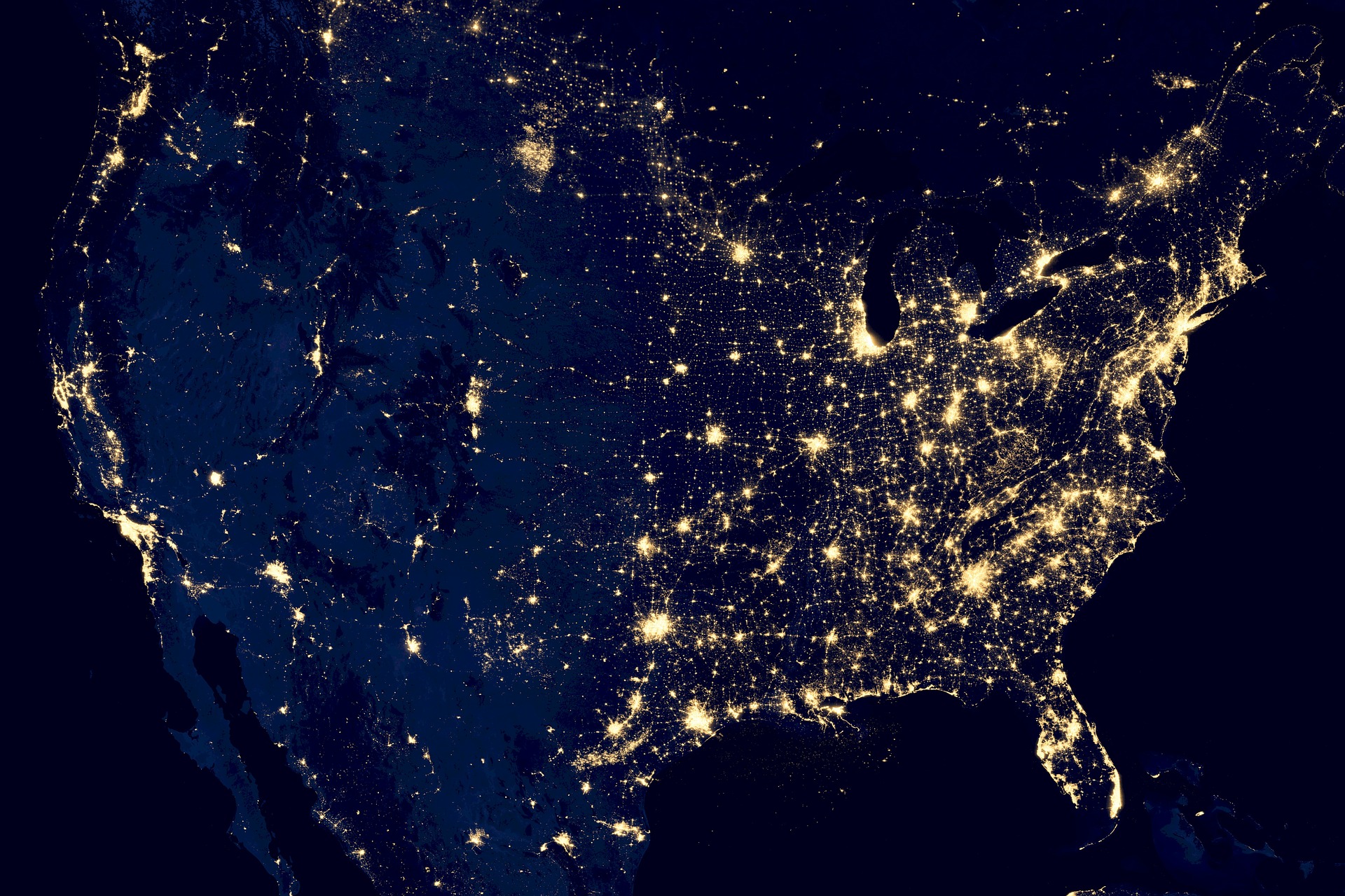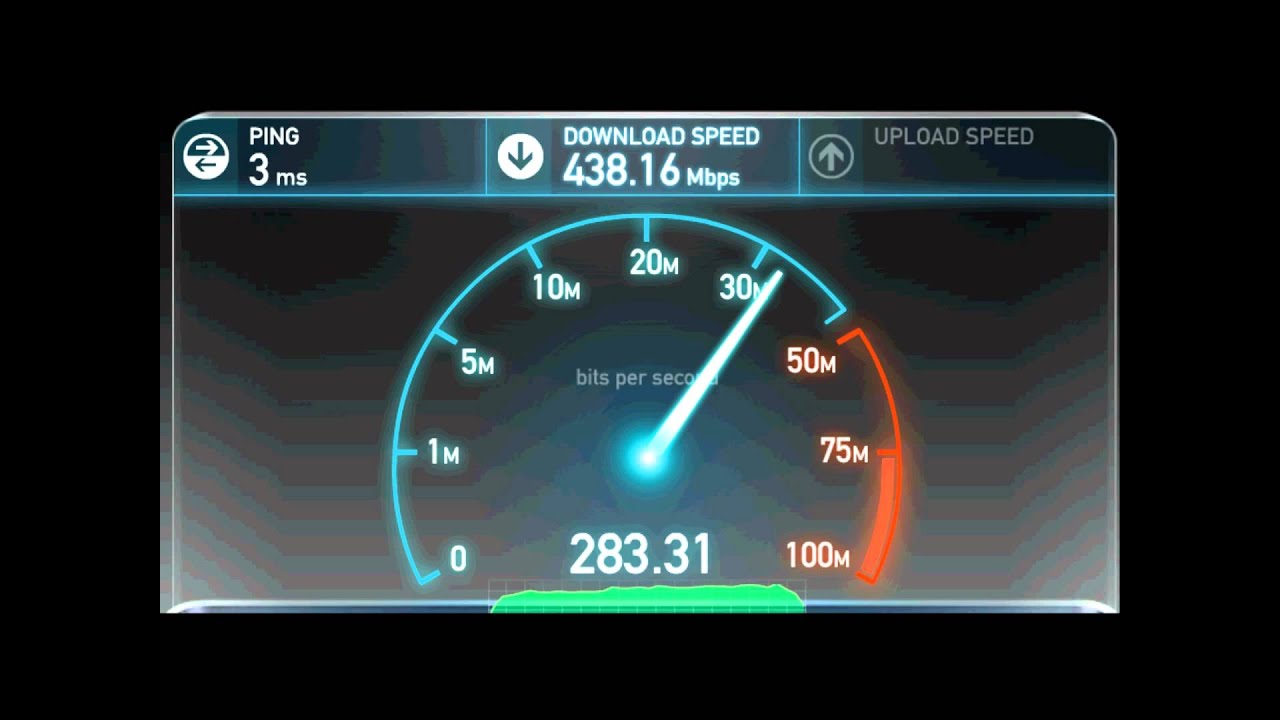Introduction
Connectivity is more than just a convenience—it’s a cornerstone of modern life. From education and healthcare to remote work and entertainment, the quality of internet access defines opportunities for individuals and communities. In this article, we’ll explore how states rank in connectivity, the factors driving success, and what can be done to bridge the digital divide.
State-by-State Connectivity Rankings
The table below highlights key metrics that determine a state’s connectivity level, including broadband coverage, average internet speed, affordability, and overall rank. These factors collectively paint a picture of digital access across the United States:
| State | Broadband Coverage (%) | Average Speed (Mbps) | Affordability Rank | Connectivity Rank |
|---|---|---|---|---|
| New York | 98% | 140 | 10 | 1 |
| California | 96% | 130 | 12 | 2 |
| Texas | 92% | 120 | 8 | 3 |
| Alabama | 82% | 80 | 24 | 30 |
| Alaska | 65% | 50 | 50 | 50 |
Factors Influencing Connectivity
Why do some states excel in connectivity while others lag behind? Here are the key factors:
- Infrastructure Investment: States that prioritize fiber-optic networks and 5G deployment often lead in connectivity.
- Population Density: Urban areas with concentrated populations benefit from easier infrastructure rollout, whereas rural areas face logistical challenges.
- Government Policies: Initiatives like subsidies for low-income households and grants for rural broadband expansion significantly impact rankings.
- Private Sector Partnerships: Collaborations between governments and private providers accelerate broadband coverage and affordability.
Success Stories
Some states have made remarkable progress in closing the digital divide:
- New York: With its robust infrastructure and public-private partnerships, New York leads the nation in connectivity.
- California: Investments in fiber-optic technology and competitive markets have driven California’s success.
- North Carolina: The state’s rural broadband initiative has brought high-speed internet to previously underserved areas.
Challenges in Achieving Nationwide Connectivity
Despite progress, significant hurdles remain:
- Rural Accessibility: Low population density in rural areas increases costs for broadband infrastructure.
- Affordability: Many low-income households struggle to afford high-speed internet, even where it’s available.
- Technological Gaps: Legacy infrastructure in some states limits access to modern internet speeds.
The Future of Connectivity
The future of connectivity is bright, thanks to emerging technologies and ongoing initiatives:
- 5G Networks: Ultra-fast and low-latency networks are expected to revolutionize connectivity.
- Satellite Internet: Services like Starlink are bringing broadband to the most remote corners of the world.
- Federal Investments: Programs like the Infrastructure Investment and Jobs Act aim to expand broadband access nationwide.
Discover Internet Providers in Your State
Ready to explore the best connectivity options in your state? Find Providers and discover high-speed plans tailored to your needs.





